Welcome to Guatemala
I wanted to write this piece to provide an open, unvarnished account of the experiences I’ve had during the many years I’ve spent living in Guatemala.
Over time how my strong connection to the country’s Mayan population has made it possible for me to feel a part of them.
Customers have asked many questions prior to booking services with us before traveling to Guatemala during the years that we have provided tours and travel services.
Here is my visitor’s guide to Guatemala, a secure country full of Mayan history and cultural experiences.
From the mid-to-late 19th century, Guatemala suffered from chronic instability and civil strife.
Beginning in the early 20th century, it was ruled by a series of dictators backed by the United Fruit Company and the United States government.
In 1944, the authoritarian leader Jorge Ubico was overthrown by a pro-democratic military coup, initiating a decade-long revolution that led to sweeping social and economic reforms.
A U.S.-backed military coup in 1954 ended the revolution and installed a dictatorship.
Guatemala has long been the subject of false safety information.
I’ve spent a lot of time in Antigua and near Lake Atitlan, and I’ve never had a safety issue.
Do you require knowledge of Spanish? No, English is widely spoken in both Mayan culture and Guatemala.
Guatemala: Is it Safe for Female Solo Travelers? Yes.
The food is safe? My response is “amazing”.
It is advisable to use water bottles.
That said, no trip to Guatemala is complete without experiencing at least a short trip in a chicken bus.
Step on one and enter the real Guatemala.
The noise, the smell, and the overwhelming mass of color …the wild craziness is Guatemala at its best.
Give it a whirl! What have you got to lose?
Welcome to Guatemala a few of my favorite places to visit and few most never visit.
Antigua Guatemala (Spanish pronunciation: [anˈtiɣwa ɣwateˈmala]), commonly referred to as just Antigua or la Antigua, is a city in the central highlands of Guatemala known for its preserved Spanish Baroque-influenced architecture as well as a number of ruins of colonial churches.
It served as the capital of the Kingdom of Guatemala.
It has been designated a UNESCO World Heritage Site.
I lived in Antigua for many years prior to the invasion of fast-food franchises. However Antigua if you avid these traps offers a range of international foods with a Guatemala flair.
Lake Atitlán (Spanish: Lago de Atitlán, [atiˈtlan]) is a lake in the Guatemalan Highlands of the Sierra Madre mountain range. The lake is located in the Sololá Department of southwestern Guatemala.
Atitlán means “between the waters”.
In the Nahuatl language, “atl” is the word for water, and “titlan” means between.
The “tl” at the end of the word “atl” is dropped (because it is a grammatical suffix) and the words are combined to form “Atitlán”.
I currently live on Lake Atitlan and for me this is the home of the Mayan Culture.
Livingston is a town, with a population of 17,923 (2018 census), in Izabal Department, eastern Guatemala, at the mouth of the Río Dulce at the Gulf of Honduras.
The town serves as the municipal seat of the municipality of the same name. It was Guatemala’s main port on the Caribbean Sea before the construction of nearby Puerto Barrios.
Livingston is noted for its unusual mix of Garífuna, Afro-Caribbean, Maya and Ladino people and culture. In recent decades Livingston has developed a large tourist industry.
I have often escaped to Livingston for a week or longer, the Atlantic Caribbean offers beaches, food and the people.
Sipacate is a resort town and municipality on the Pacific coast of Guatemala, in Escuintla Department about 36 kilometres (22 mi) west of Puerto San José.
It is promoted as a venue for surfing.
Being roughly in the center of the Guatemalan coastline, it is used as a breakpoint for storm warnings.
The Sipicate-Naranjo National Park is located east of the town. The municipality was formerly a part of La Gomera Municipality just north of Sipacate.
What I love about Sipacate over the more promoted Monterrico is safe swimming no undertow and amazing beaches you can walk for miles.
Welcome to Guatemala visit the popular Chichi Market on NONE-Market Days Unless??
Chichicastenango hosts market days on Thursdays and Sundays where vendors sell handicrafts, food, flowers, pottery, wooden boxes, condiments, medicinal plants, candles, pom and copal (traditional incense), cal (lime stones for preparing tortillas), grindstones, pigs and chickens, machetes, and other tools.
Among the items sold are textiles, particularly women’s blouses. Masks used by dancers in traditional dances, such as the Dance of the Conquest, are also manufactured in Chichicastenango.
However I prefer going on what one might consider non-market days, the reason the locals are not out on commercial markets days, traffic getting in during market days is a mess.
Welcome to Guatemala and the City Known as Xela
Quetzaltenango (Spanish pronunciation: [ketsalteˈnaŋɡo], also known by its Maya name Xelajú [ʃelaˈχu] or Xela [ˈʃela]) is both the capital of Quetzaltenango Department and the municipal seat of Quetzaltenango municipality in Guatemala.
The city is located in a mountain valley at an elevation of 2,330 meters (7,640 feet) above sea level at its lowest part. It may reach above 2,400 m (7,900 ft) within the city.
Xela is a city often overlooked by travelers, known mostly for Spanish Schools the area offers much more in the way of overall Guatemala Cultural experiences.
Hiking, Hot Springs, and Coffee, I have written a lot about Guatemala Coffee.
This is a large modern city.


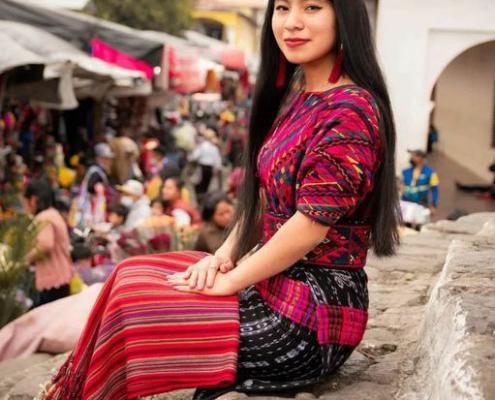
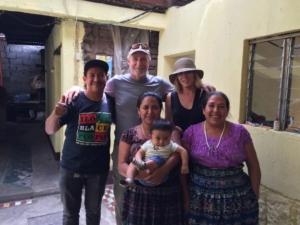
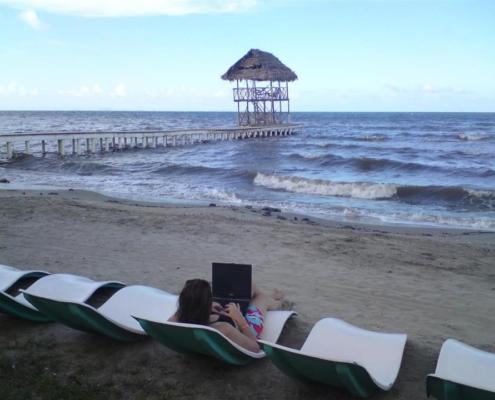
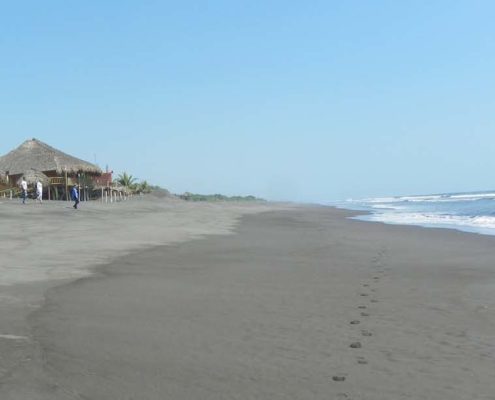
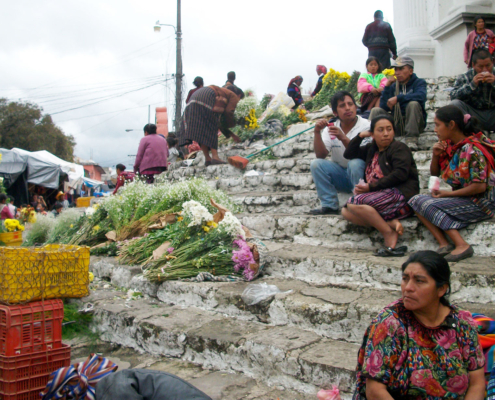


 Lake Atitlan Travel Services
Lake Atitlan Travel Services